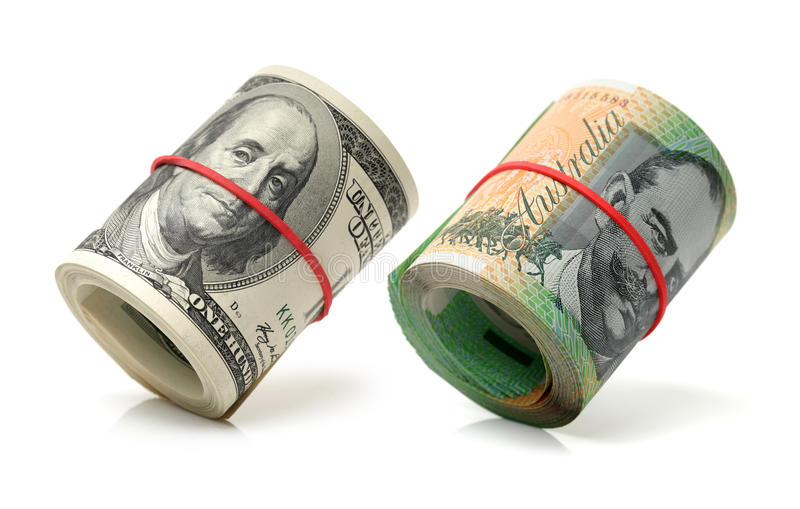Australian dollar remained strong in expectations of Fed rate decreases.
The Australian Dollar (AUD) has extended its winning streak, which began on Wednesday. The AUDUSD pair gained strength in anticipation of Federal Reserve (Fed) rate reduction, which weighed on the US Dollar (USD).
According to data released this week, Australia’s economy is resilient, underpinned by excellent employment outcomes and rising incomes. Furthermore, the improved Purchasing Managers Index (PMI) data for December has been The Australian Dollar was strengthened.
Traders will be watching the Reserve Bank of Australia (RBA) Meeting Minutes, which will be released on Tuesday, as well as Australian Building Permits and Housing Starts data. Furthermore, the People’s Bank of China (PBoC) is set to release its Interest Rate Decision on Wednesday, adding to the significant events influencing the Australian Dollar.
Don Farrell, Australia’s Trade Minister, expressed optimism that China will reduce harsh tariffs on Australian wine.
On Sky News TV, Australian Trade Minister Don Farrell expressed optimism that China will eliminate harsh tariffs on Australian wine. Notably, China has already lifted previously imposed trade restrictions on the bulk of Australian exports, signaling a progressive improvement in relations between the two countries.
On Monday, the US Dollar Index (DXY) loses ground and retraces its recent gains. The DXY symbol The dollar rose from a four-month low of 101.77 on Thursday, helped by an increase in the short-term yield on the US Treasury note. On Friday, the 2-year US bond rate rose to 4.48%.
Furthermore, the USD was supported by a mild preliminary Purchasing Managers Index (PMI) for December. The S&P Global Services PMI increased to 51.3 from 50.8 previously. While the Manufacturing PMI fell from 49.4 to 48.2. On Wednesday, investors will pay close attention to Consumer Confidence and Existing Home Sales Change.
However, the Greenback faces difficulties as a result of weakening sentiment, which is principally driven by the Federal Open Market Committee’s (FOMC) dovish announcement. Furthermore, dovish comments from several Fed officials put pressure on the greenback.
On Friday, Atlanta Fed President Raphael Bostic predicted a possible interest rate drop. If inflation continues on its current path, this will happen in the third quarter of 2024. Furthermore, Chicago Fed President Austan Goolsbee did not rule out a rate drop at the Fed’s March meeting.
Daily Market Movers: The Australian Dollar becomes hawkish as the economy displays resilience.
The preliminary Judo Bank Composite PMI increased to 47.4 from 46.2 previously. The Manufacturing PMI for the same time period was 47.8, up from 47.7 the previous month. Furthermore, the Services PMI increased to 47.6 from 46.0 previously.
Consumer inflation expectations in Australia for December fell to 4.5% from 4.9% previously.
The seasonally adjusted Aussie Employment Change (Nov) increased significantly to 61.5K over the projected 11.0K. Rate of Unemployment 3.9%, up from 3.7% earlier.
The People’s Bank of China (PBoC) maintained its one-year Medium-term Lending Facility (MLF) rate at 2.5%. Furthermore, the PBoC injected 1.45 trillion Yuan to boost bank liquidity as 650 billion Yuan in MLF loans matured.
According to the National Bureau of Statistics of China, Industrial Production (YoY) increased to 6.6% in November from 4.6% the previous month, above the market expectation of 5.6%. However, year on year growth in China retail sales increased to 10.1% from 7.6% previously, falling short of the market consensus of 12.5%.
In its December policy meeting, the Federal Reserve (Fed) kept interest rates at 5.5%, as expected. Markets now anticipate three rate decreases in 2024.
In November, US retail sales (MoM) increased 0.3% from the previous month. A 0.1% decrease is projected. Initial Claims for the week ending December 8 were 202K, compared to the 220K predicted.









